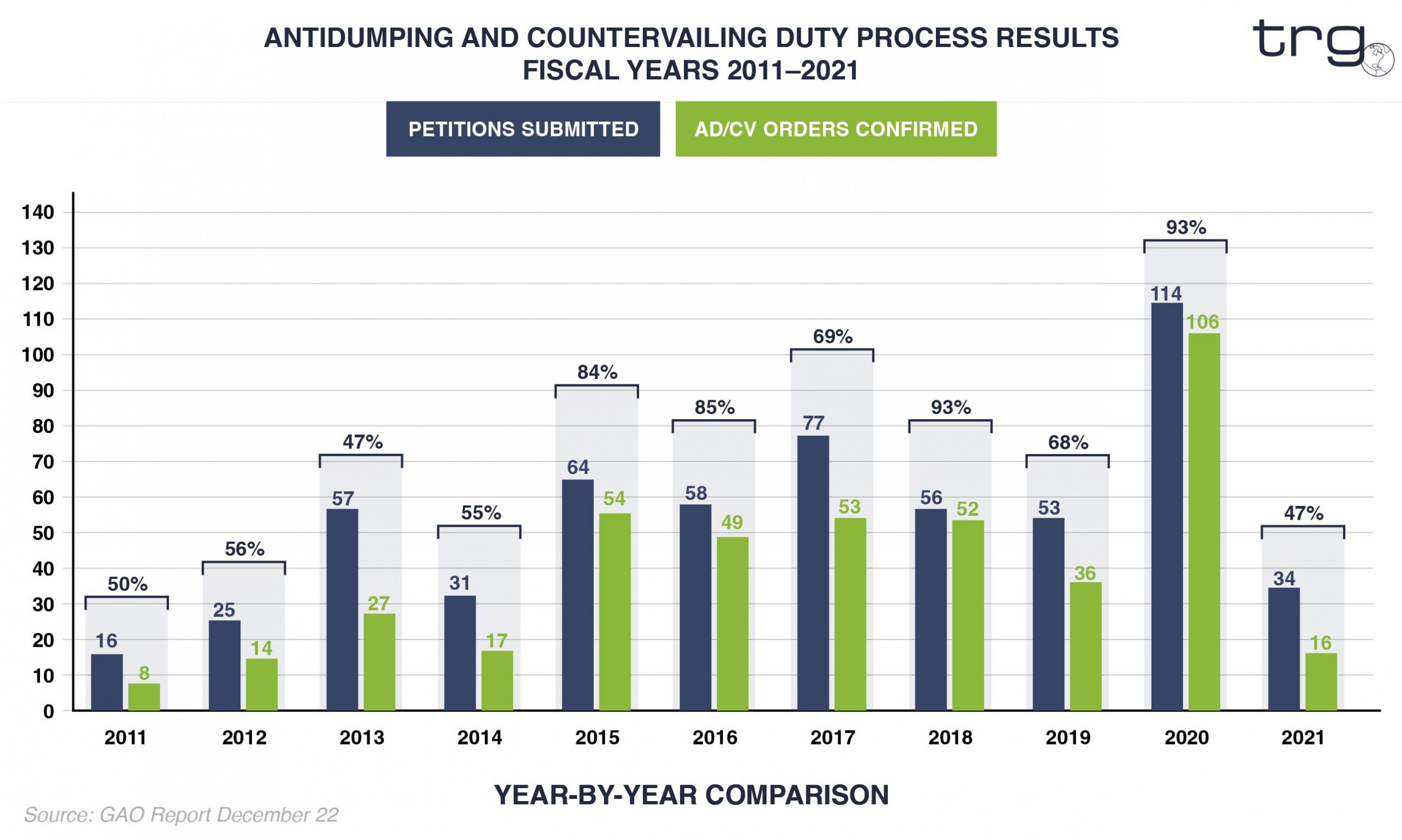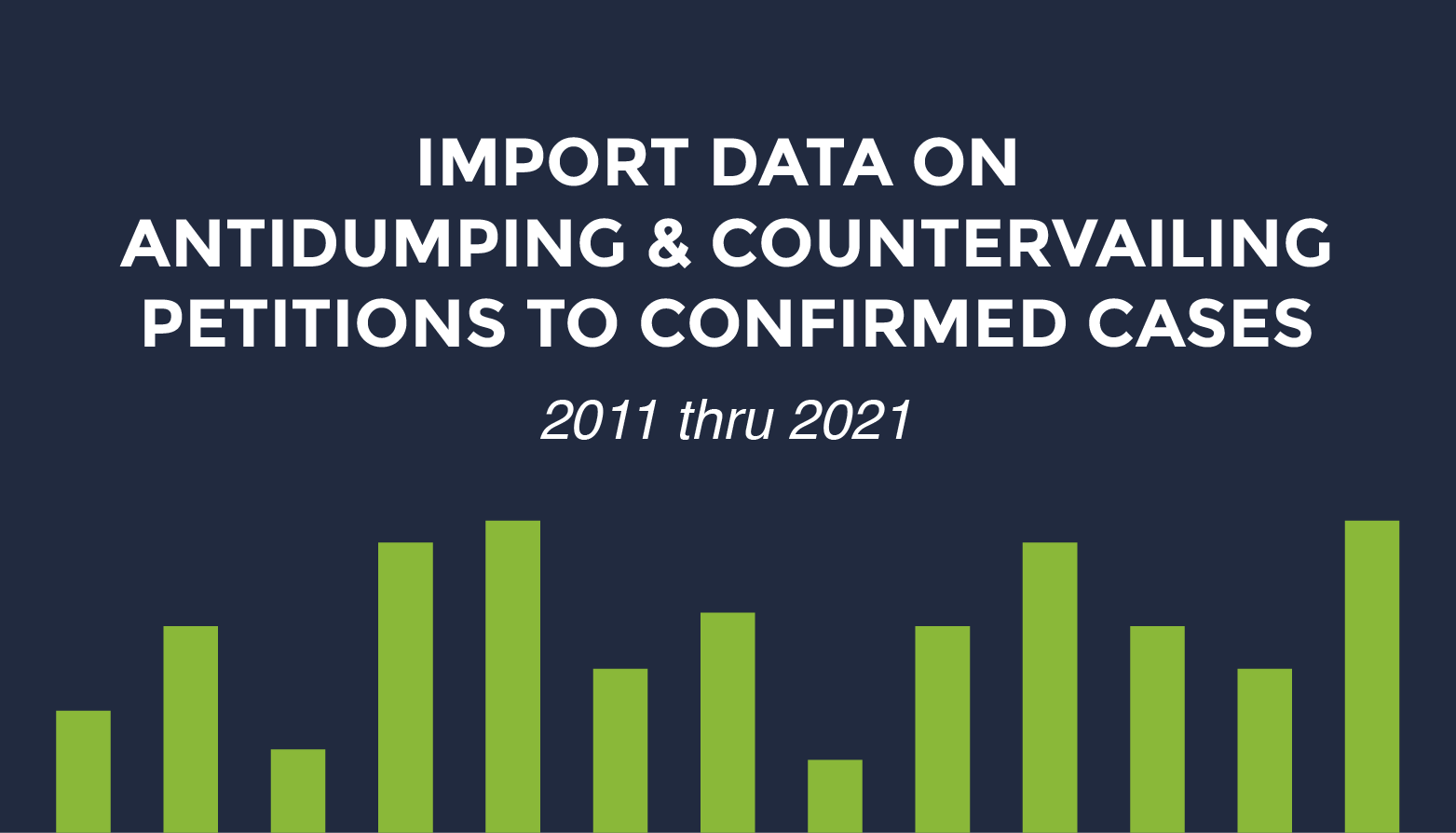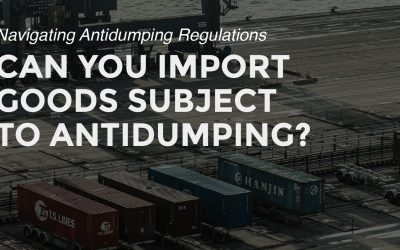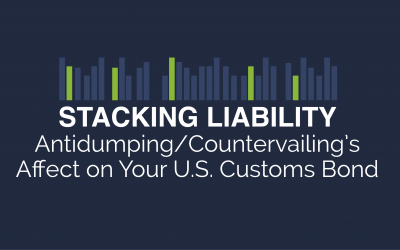The GAO investigated the claim that there has been an increase in unnecessary Antidumping and Countervailing petitions in recent years.
In December 2022 the United States Government Accountability Office (GAO) released the report of their investigation into the Antidumping and Countervailing investigation process. This report reviews the processes U.S. agencies have in place to conduct Antidumping and Countervailing proceedings and examines how aspects of market competition factor into the AD/CVD process.
Why Was this Investigation Conducted?
While there are many different policies in place to help protect against unfair trade practices and protect domestic workers, antidumping and countervailing are among the most commonly applied U.S. trade remedies. In fiscal year 2021, $30.2 billion of imported goods were subject to AD/CV duties. As of March 2022, the United States had 657 active AD/CVD orders, affecting imports from 59 countries.
Some entities within the international trade industry have voiced the concern that U.S. domestic companies may sometimes file Antidumping and Countervailing petitions without merit in order to obstruct domestic market competition. There has also been the concern that antidumping and countervailing duties could have adverse effects on other economic sectors, such as increased costs for downstream purchasers. The GAO was asked to review the AD/CVD processes and domestic market competition considerations.
The GAO’s Conclusions Following its Investigation
In addition to looking through the data for the past 10 years of AD/CVD petitions and cases, the GAO also took a thorough look at the antidumping/countervailing investigation process. The GAO found that features within the AD/CVD process design function as internal controls that lessen the risk of the agencies initiating or conducting an investigation with inaccurate or incomplete information.
These control features include:
- communication of process requirements through pre-petition counseling and public guidance
- petition information requirements, (3) information certification requirements
- independent collection and corroboration of information
- transparency of case information and of the rationale supporting agency determinations
Therefore, the GAO official conclusion is that process design helps ensure proceedings are based on accurate and complete information. Therefore, these petitions are not being filed superfluously. For more insight into the antidumping/countervailing investigation process, read the full GAO report or check out TRG’s infographic The Timeline of an Antidumping and Countervailing Investigation.
Advocates for these duties contend that trade remedies help ensure a level playing field in a global economy and mitigate the adverse effect of unfair trade practices on domestic industries and workers.
An Annual Breakdown of Antidumping and Countervailing Petitions and Cases from 2011 – 2021
Data found in the appendix of the GAO report can help explain the persistent feeling that has been felt throughout the industry about the increase in the number of antidumping and countervailing petitions.
The data in the graph below has been sourced from Table 2 in Appendix I: Antidumping and Countervailing Duty Process Results on page 28 of the GAO report.

As you can see, the feeling that there have been more antidumping and countervailing petitions filed in recent years is a valid one as the number of petitions has indeed steadily increased over the past 10 years. However, the number of those petitions that have resulted in confirmed AD/CVD cases, has steadily increased concurrently with the number of petitions.
While an increase in confirmed antidumping/countervailing cases following an increase in petitions may seem like a no brainer, it does support the conclusion presented by the GAO in their report. That conclusion being that the petitions filed are not without merit since the majority of these petitions result in a confirmed case.
In fact, once an antidumping and countervailing petition is filed, there is a 74% chance that it will result in a confirmed AD/CVD case. To see the data behind this figure, take a look at our previous post: How Often Do Antidumping and Countervailing Petitions Result in AD/CVD Cases?.







